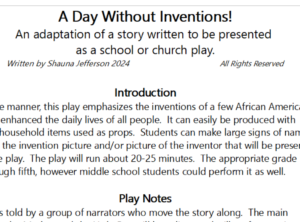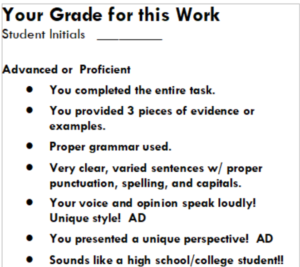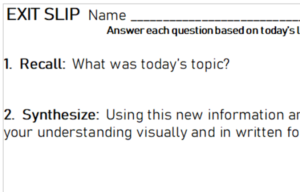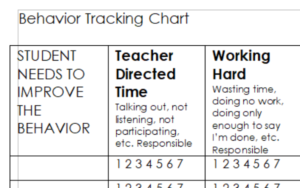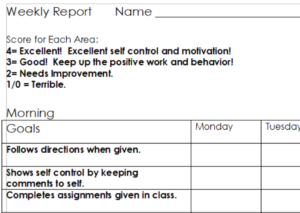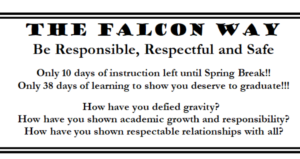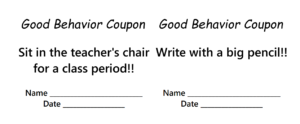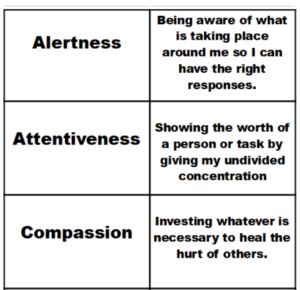Resources
Donations accepted via Zelle: handsonalgebra@gmail.com
Lesson Planning
A Day Without Inventions Skit
This dramatic presentation features a day in the life of a boy who realizes that African Americans have invented and improved many everyday items. The skit is written so that the entire class has a speaking part and accounts for students who do not prefer to act as they can serve as prop masters. It is suited for third grade and above. Middle age students could present to younger groups as well. In English and Spanish PDF.
Lesson Planning
POSTERS: A Day Without Inventions
I created these at-a-glance posters to be used in conjunction with the play. There are 12 posters in the zip file.
Life Balance
Check Plus Rubric
This is a quick use of a rubric based on advanced, proficient, basic and minimal criteria. It can be used for any subject and is suited for 5th grade and above. I use this when I need to grade work quickly but want to give some additional feedback. I either highlight or circle the appropriate areas and staple to the assignment. There are three on one sheet.
Life Balance
Exit Slip
If you teach middle school, you may want to assess the learning on a daily basis or twice a week depending on how many students you teach. This end of class check has three questions based on Levels of Thinking. It should take 5-10 minutes. There are two on a page and two different versions. It may take one or two minutes to check each one depending on the skill or concept taught. Then, I simply write a fraction on the paper as their grade and record in my grade book. The next day, I can address any misconceptions shown in their answers. This also serves as evidence if you have special education meetings or an impromptu parent meeting with administration during the week.
Manage Students
Student Tracking Charts
There are so many ways to track behavior. I needed to make my own. There are two different forms to track student actions over the course of a week. One is blank with just the days of the week and numbers. The other has specific categories that include attention, work ethics, silent work and respect. When I needed to make a note, I recorded the student name and circled the number. As the week went on, if the same student continued, I circled another number and so on. It was easy for the student and parents to see how they were doing and what they weren’t doing.
Manage Students
Student Weekly Report
There are some students who will need this sort of accountability as per administration, special education, parent or teacher request. Using a 4 point rating scale, teachers can quickly assess academic and behavioral progress in the morning and the afternoon for an entire week. Statements include follows directions, self control, completes assignments and respects all people. This could be used for PBiS documentation.
Manage Students
Pre-Spring Break Plan Example
The weeks prior to holidays are often the most difficult to navigate. Attention span can wane, energy levels rise and stubbornness can seep into our students demeanor. As a means to keep my middle school students motivated, I devised this plan to encourage respectful interactions, improve behaviors in specific classes and sustain a productive work ethic. I knew I needed to coax them along with a uplifting and fun agenda, so I wouldn’t have to work as hard trying to manage and “entertain” kids into to being good and to continue learning. The paper agenda kept me in a positive place and I constantly advertised. It worked!
Manage Students
Good Behavior Coupons
Believe me, when I tell you middle school kids as well as the littles, love these small incentives. When you find yourself going down a negative path, copy, cut and pass out these coupons to reward students. I would use them sparingly; maybe two per week. I would pull these out later in the year around February, when kids start to conveniently forget what school is about. Some coupons are: sit in the teacher’s chair, charge your cell phone, first in line for lunch and sit on a seat cushion.
Lesson Planning
Character Traits Matching Cards
Hands on learning was always apart of my lessons. I wanted students to manipulate objects, get up and work in groups to meet the needs of the diverse learning styles of my students. There are 20 words and definitions for students to work out. One option is to turn them all face down and try to make matches, this would be an advanced activity. Another option is to place them face up, discuss as a group makes the pairs. Last, once the matches are made, students would then have to write the definition in their own words.
Manage Students
Good Behavior Coupons
Believe me, when I tell you middle school kids as well as the littles, love these small incentives. When you find yourself going down a negative path, copy, cut and pass out these coupons to reward students. I would use them sparingly; maybe two per week. I would pull these out later in the year around February, when kids start to conveniently forget what school is about. Some coupons are: sit in the teacher’s chair, charge your cell phone, first in line for lunch and sit on a seat cushion.
Lesson Planning
Character Traits Matching Cards
Hands on learning was always apart of my lessons. I wanted students to manipulate objects, get up and work in groups to meet the needs of the diverse learning styles of my students. There are 20 words and definitions for students to work out. One option is to turn them all face down and try to make matches, this would be an advanced activity. Another option is to place them face up, discuss as a group makes the pairs. Last, once the matches are made, students would then have to write the definition in their own words.
Manage Students
Good Behavior Coupons
Believe me, when I tell you middle school kids as well as the littles, love these small incentives. When you find yourself going down a negative path, copy, cut and pass out these coupons to reward students. I would use them sparingly; maybe two per week. I would pull these out later in the year around February, when kids start to conveniently forget what school is about. Some coupons are: sit in the teacher’s chair, charge your cell phone, first in line for lunch and sit on a seat cushion.
Lesson Planning
Character Traits Matching Cards
Hands on learning was always apart of my lessons. I wanted students to manipulate objects, get up and work in groups to meet the needs of the diverse learning styles of my students. There are 20 words and definitions for students to work out. One option is to turn them all face down and try to make matches, this would be an advanced activity. Another option is to place them face up, discuss as a group makes the pairs. Last, once the matches are made, students would then have to write the definition in their own words.
